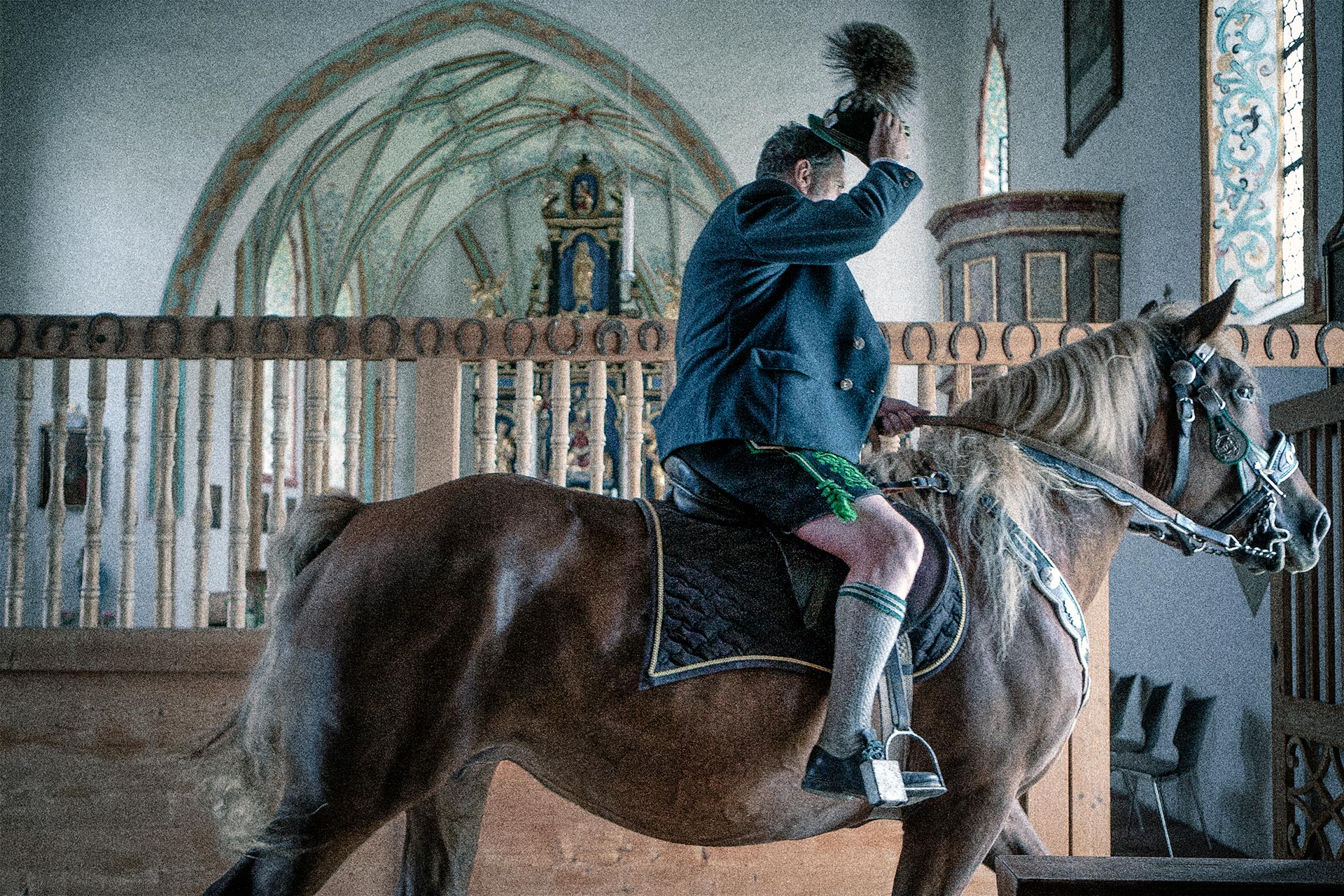The name Julia is a modern moniker that has only existed since the 19th century. Via Julia: an ancient Roman road between Günzburg (Guntia) and Salzburg (Iuvavum), today it is lined with crucifixes and cemeteries. As part of the route from Lutetia (Paris) to Constantinople (Istanbul), it was the main road between Raetia Province and Noricum. At the west end of Via Julia, before the gates of Günzburg, is the largest Roman burial ground yet found north of the Alps. With over 1,840 graves uncovered, it is the second largest known so far in Germany. The inventory of 1,430 graves confirms the significance and wealth of antique Guntia. Not far away the burial culture of the modern age is preserved. But where the ashes of the deceased were once buried in beautiful glass urns, sculptors and undertakers now struggle against the decline of old Christian burial traditions.
Further along Via Julia lies Augsburg – between the rivers Lech and Wertach, which flow from the Alps. In 1 A.D., a military camp grew to become “Augusta Vindelicum”, the capital of the newly established Roman Province of Raetia. The Roman Emperor Augustus is considered to be the founder of Augsburg – a bronze statue of him stands atop the pillar of the Augustusbrunnen Fountain in the heart of the city. Augsburg-born stucco plasterer Werner Schwendner leads us into the world of sculpture, from Roman gods to statues of the Virgin Mary. Because even in Roman times, plaster was used for interior decoration. A thin layer of plaster could preserve fruit and plaster was even used in winemaking.
On the tracks of the Romans writer and director Jeremy J.P. Fekete meets the “perchten” in Kirchseeon. They are a rustic and traditional troupe whose ancient incantations and blessings were brought over from Austria. With colourful carved wooden masks, rites and dances, every year they reawaken nature and ring in the solstice. In Bavarian “Bajuwaren” country, visible monuments from Roman times are as thinly scattered as the milestones. These “miliaria” reveal the conquest of several imperial dynasties. Another window into Roman times is offered by Residenzplatz in Salzburg, once the site of metalworkers and jewellery makers. These days a jewel of recent history is treasured by the women of the city: the golden bonnet. This almost forgotten traditional attire and adornment is preserved with passion – because the quest for beauty is timeless.

